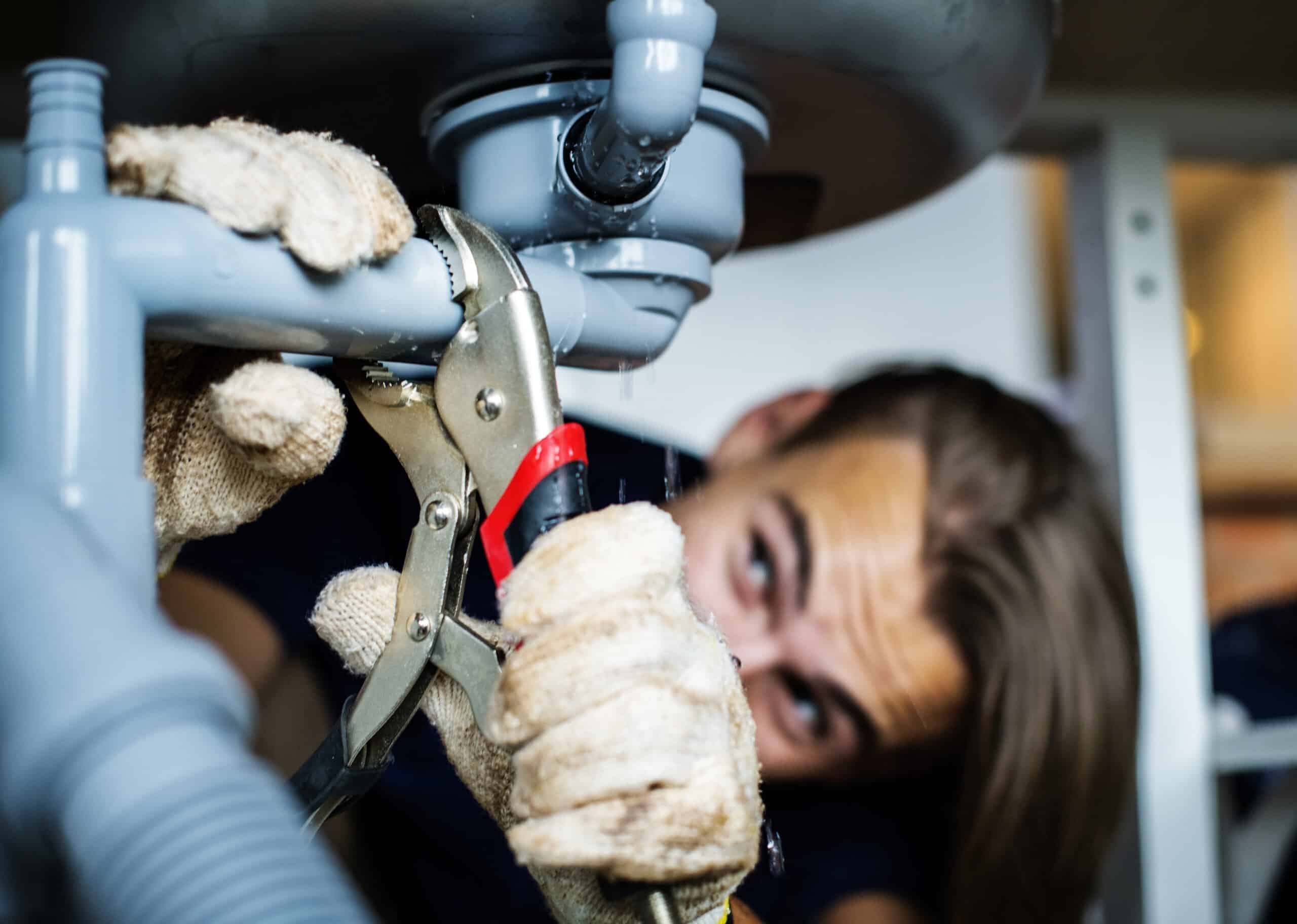Understanding Your Sewer Line System
You probably never even think about the sewer line under your house. Most people do not. It just works, right? Water goes down the drain, and it is gone. But when something goes wrong? Man, you feel it. Fast.
Weird smells in the yard, soggy spots that should be dry, or water backing up where it should not, that is when the panic kicks in. And it always appears to occur at the worst possible moment. Middle of the night. Holiday weekend. Right when guests are over.
Truth is, if you know the signs early on, you might stop a disaster before it hits. Not saying it is fun stuff. But paying attention now can save you a whole lot of trouble later.
Common Sewer Line Issues You Might Face
Many problems in your sewer line do not show clear signs at first. Some of the most common sewer line issues homeowners run into include:
Tree roots
Roots from nearby trees are constantly looking for water. If they find a crack in your line, they can push through and grow inside the pipe, blocking water flow and even breaking the pipe over time.
Rust and corrosion
Older homes often have metal pipes. These can rust from the inside, leading to leaks or even pipe collapse. This kind of damage is hard to spot without a sewer line inspection.
Shifting ground
Heavy rain, flooding, or nearby digging can shift the soil under your house. This movement puts pressure on your pipes, bending or snapping them.
Grease and debris buildup
Over time, grease from cooking, hair from showers, and even paper products can pile up inside the pipe. This buildup slows down the water flow and can lead to blockages.
Flushing the wrong items
Things like wipes, paper towels, and hygiene products should never go down the toilet. These do not break apart easily and can cause backups.
How to Spot Early Warning Signs
Finding sewer line issues early can save a lot of trouble later. Keep an eye out for these signs:
- Drains emptying slowly
- Bubbling sounds from toilets or sinks
- Bad smells coming from your pipes
- Wet spots or sinking areas in the yard
- Water coming back up when you flush or use other fixtures
If you notice more than one of these, it might be time to call for a sewer line inspection.
What is a Sewer Line Inspection?
Getting a sewer line inspection is basically like sending a tiny camera on a mission through your pipes. Plumbers use a long cable with a camera on the end to see what is going on down there. It helps spot stuff like clogs, cracks, or even roots pushing through the pipe — all without having to dig up your yard. It is quick, simple, and gives you answers fast.
An inspection is smart before buying a home, doing major home upgrades, or when you have repeated plumbing problems.
When to Get Sewer Line Cleaning Done
Even if nothing looks wrong, giving your sewer line a regular cleanout can make a big difference. It keeps things flowing the way they should and helps prevent backups. Most plumbers say once a year is a good rule of thumb to stay ahead of clogs or any surprise problems.
Plumbers use strong water pressure tools to clear the pipe. This removes grease, grime, and even tree roots. Homes with old plumbing or past issues should consider regular cleanings as part of yearly maintenance.
Why a Sewer Line Clean Out is Helpful
A clean out is a special pipe that gives plumbers access to your main sewer line. It usually sticks out somewhere near your house and can be opened when needed. This makes inspections and cleaning quicker and cheaper.
If your home does not have one, adding a clean out can save you time and money down the road.
When Sewer Line Repair or Replacement is Needed
Sometimes a clog is not the real problem. If the pipe has a crack, has collapsed, or is full of roots, you might need a sewer line repair or even full sewer line replacement.
Look out for these signs that suggest more serious work is needed:
- Smells that linger even after cleaning
- Grass growing faster in one area of the yard
- Repeated backups in your drains
- Pipes made of outdated materials like clay or iron
In many cases, plumbers can fix things without digging up your yard. Modern techniques like pipe lining or pipe bursting let them repair or replace sections with minimal mess.
Why It's Important to Address Sewer Line Problems Early
Sewer line problems might cost you more than just money if you put them off for too long. Sewage leaks can cause major health issues, draw vermin, and erode the foundation of your house. A minor blockage could result in waste water overflowing your house.
Sewer line maintenance can be compared to changing your car's oil. Early treatment helps to avoid more serious issues later.
Final Thoughts
Let’s be honest. Dealing with sewer problems is never fun. But if you own a home, it is just one of those things that might pop up. You might not think about it often, but ignoring the signs can turn a small issue into a big, nasty mess.
That is why it makes sense to stay on top of things. Keep an eye out for anything weird, like bad smells or slow drains. Call someone before it gets worse. It could be a quick fix or maybe something bigger, like a full replacement. Either way, taking action early can save you a lot of trouble later on.





